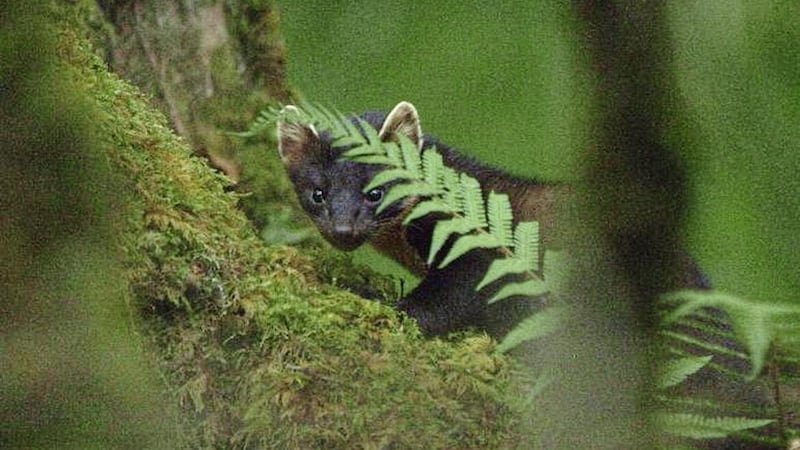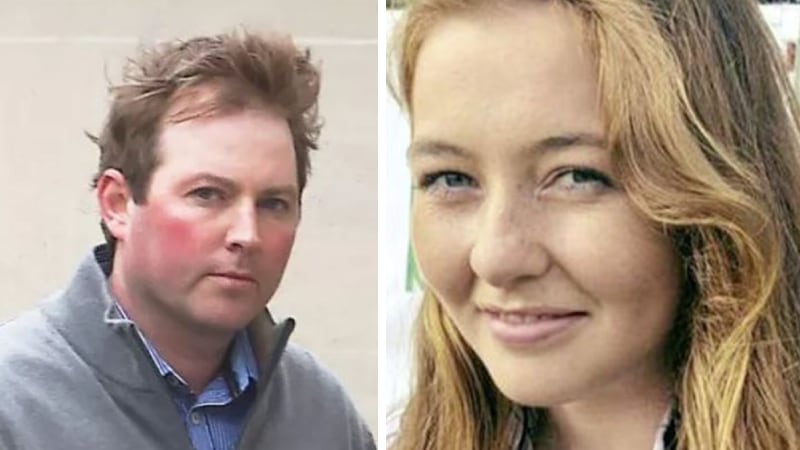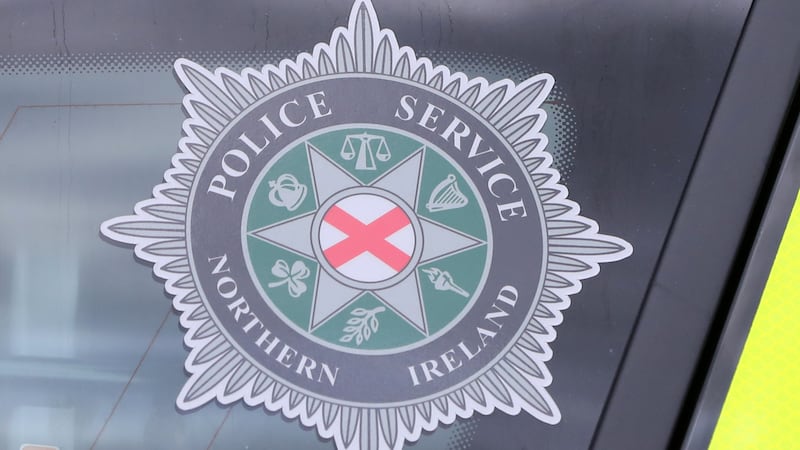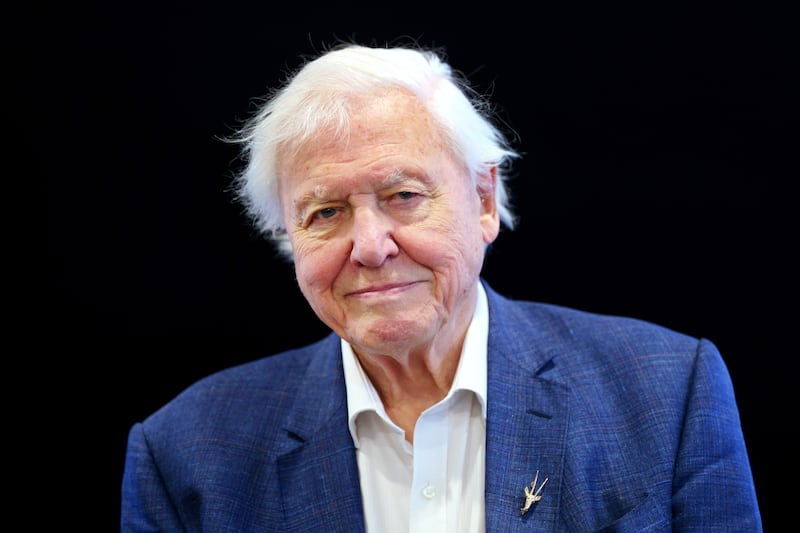Pine martens are among the most elusive of animals, as David Attenborough's team, sent to Fermanagh, found out.
Fifteen small cameras were placed across Northern Ireland to find out the best place to catch a glimpse of the woodland-loving mustelid.
The Wild Isles team zeroed in on the Crom Estate in Fermanagh. A cameraman was sent, embedded in the countryside for ten days to try and capture the life and times of the little mammal.
At the end of the shoot, there were two usable shots and neither good enough to find their way into the final cut of Wild Isles, Sir David's five-part BBC series beginning Sunday on the wildlife and landscape of the islands of Ireland and Britain.
"The cheeky pine martens of Northern Ireland evaded us in the end," said producer Chris Howard.
"We worked with a brilliant scientist to try and work out where the best place to film pine martens in Northern Ireland might be.
"We put up more than 15 trail cams to try and see where they were active, before deciding that our best chance would be at the National Trust’s Crom Estate in County Fermanagh.
"We sent our cameraman out there and he tried very patiently for ten days to catch them on camera. Unfortunately, at the end of the shoot we had only managed to get two useable shots."
According to the Wildlife Trust, the pine marten is "an elusive mustelid....mostly found in the north of the UK, particularly Scotland.
"It prefers woodland habitats, climbing very well and living in tree holes, old squirrel dreys or even old bird nests.
"It feeds on small rodents, birds, eggs, insects and fruit, and can even be encouraged to visit birdtables laden with peanuts and raisins.
"During the summer mating season, they make shrill, cat-like calls. The following spring, the female will have a litter of between one to five kits, which are independent by autumn."
Wild Isles is a sort of homecoming for Sir David, whose previous work has encompassed so many parts of the globe.
Filming took place across the north, revealing what the producers describe as a home to a "wonderful wildlife", with its 400 miles of coastland and large swathes of peatland and wet grasslands, the latter particularly around Lough Neagh.
"But these wildlife and habitats face a number of threats including intensive agriculture which is having devastating impact on farmland birds and other wildlife," said the RSPB, which worked with the producers of the series.
"Curlews and Corncrakes are now at risk of extinction across the island of Ireland. Around half of all NI’s wildlife is ound in its seas, so protecting and restoring the oceans are a key priority. Sadly, Puffins, Kittiwakes, and Razorbills are now on the Red List of Conservation Concern.
"The RSPB is working with landowners and teams on the ground to restore both land and sea for wildlife and people. From planting nettles to make homes for Corncrakes, to working to protect huge swathes of our seas, to helping people connect with nature."
Hilary Jeffkins, series producer, said she hoped the audience will be wowed by the wildlife on the islands.
"The wildlife and spectacular places in Britain and Ireland but also that they get a strong sense of how fragmented and fragile they are. I want the audience to come away with a sense of pride and hope for the future," Ms Jeffkins said.








